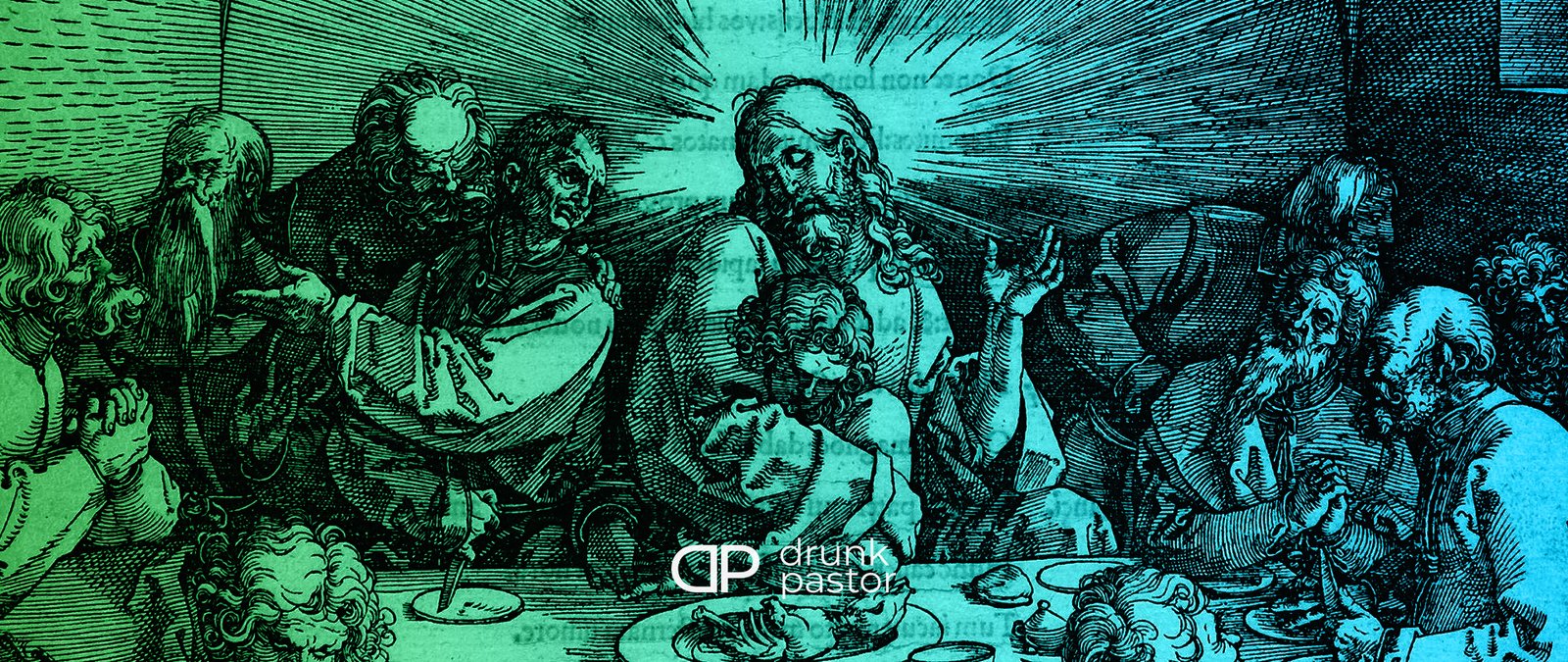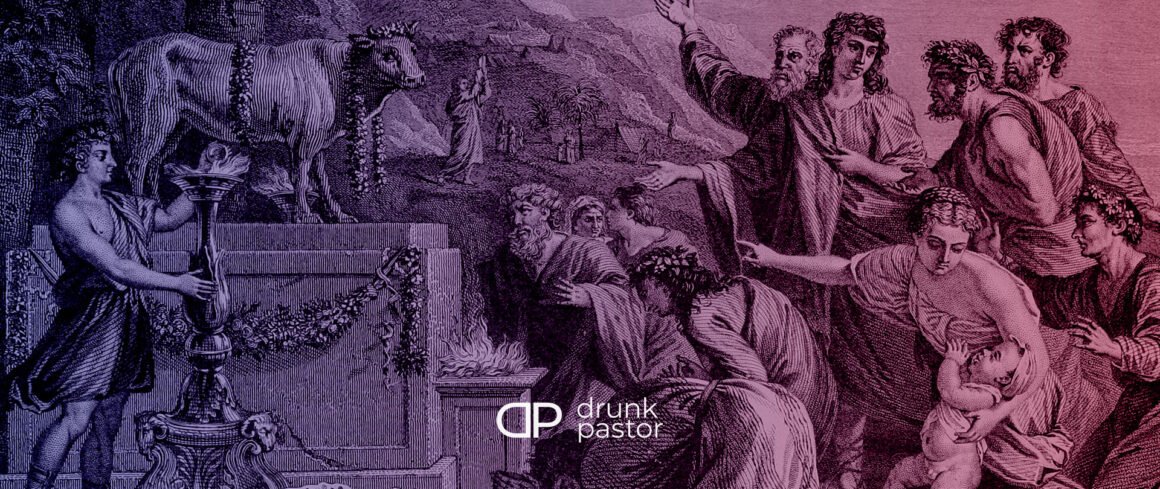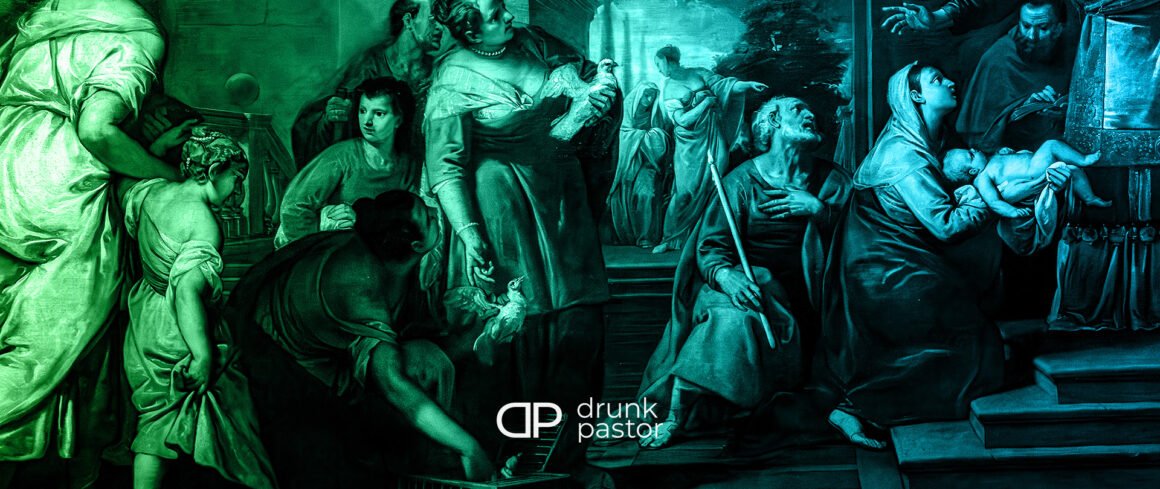Possible Diagnosis:
- Wrong link?
- Something changed on this side… happens. 🤷♂️
- One of the internet tubes or bits got broken. Who knows.
Regardless, sorry! Search below, or browse recent blogs and categories:
Recent Musings
Judas & Jesus: Love Your Enemy
Throwback Post Note: Originally published on Valid Ambiguity on July 6, 2016, this “Throwback” edition includes contextual footnotes and suggested in-text links to related Drunk Pastor posts for further reflection. …
The Radical Hope of Resurrection: Reimagining 1 Corinthians 15 in a Global World
This blog post will be included in the next draft of The Coming of Son of Man book on Patreon. It began as an article assignment for a guest piece …
Ancient Mysteries and Modern Faith: The Syncretistic Roots of Christianity
For a year now, I've been fascinated by the spiritual customs and teachings of the ancient world—a tapestry woven through death cults and mystery traditions spanning the Ancient Near East, …
From Arby’s to Authenticity: Personal & Business Update
“The only way to make sense out of change is to plunge into it, move with it, and join the dance.” – Alan Watts Change is a peculiar beast—it can …









